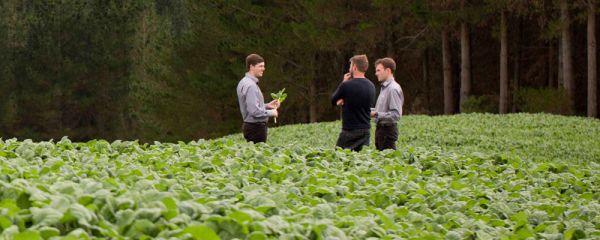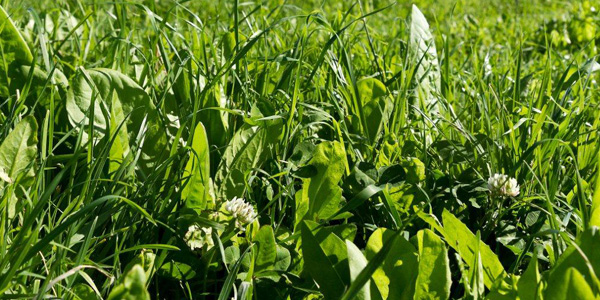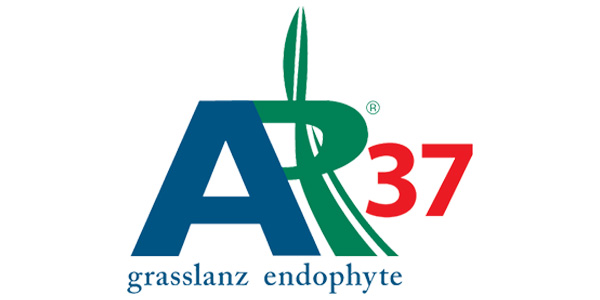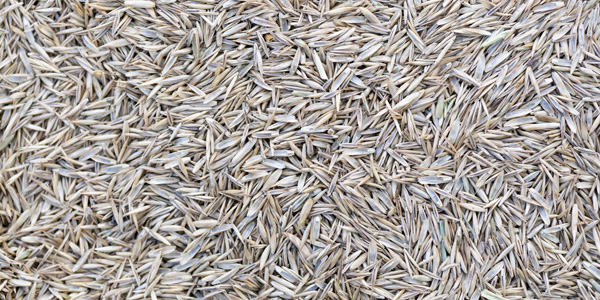
Quality advice for your farm
Quality advice for your farm
Pasture Management Advice
Pasture management is critical to many farming systems. Over the years, Agricom has published many forage guides - here we've combined the best knowledge and advice for various pasture species.
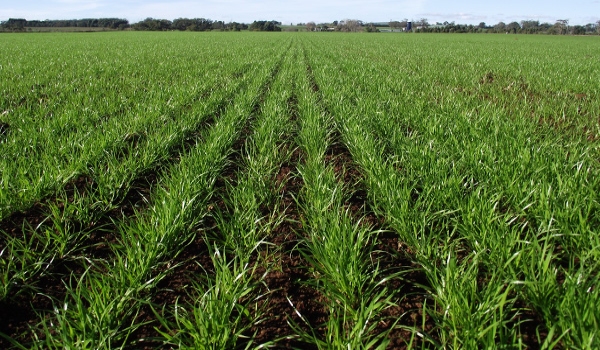
Ryegrass Management
There are many factors to ensure a successful ryegrass crop as part of productive pastures.
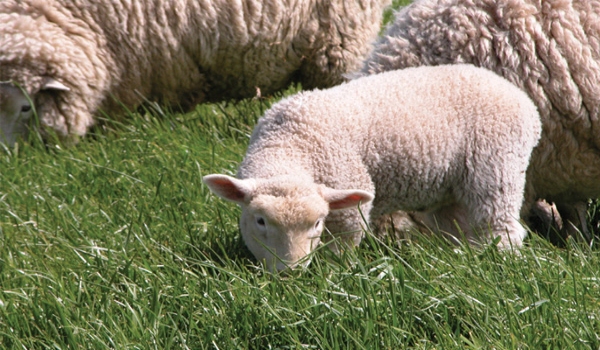
Tall Fescue Management
Tall fescue is an alternative perennial grass to ryegrass, which will grow in most environments.
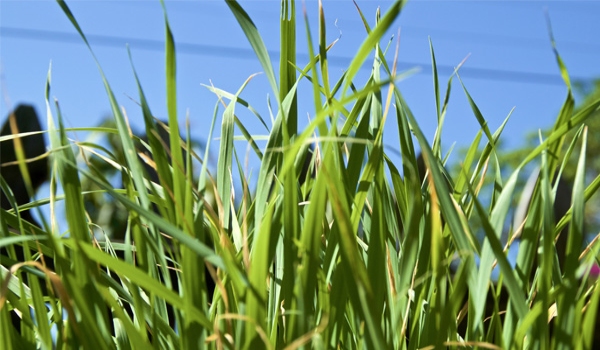
Other Grasses Management
Tips for establishing and managing Cocksfoot, Prairie & Brome and Hardy Perennial grass.
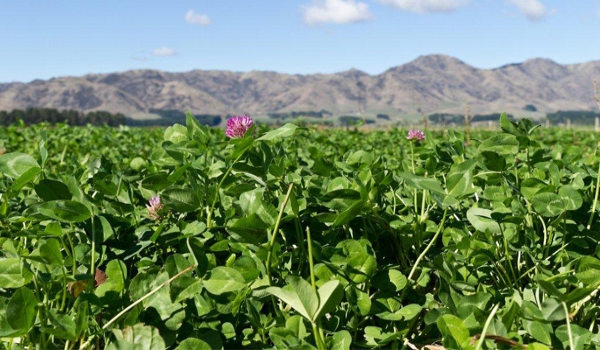
Clover Management
Clover is a perennial forage legume important in New Zealand pastures.
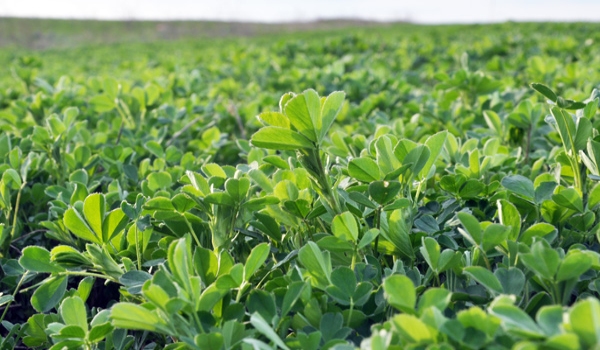
Lucerne Management
Lucerne is an erect growing, perennial legume with greater tolerance to moisture stress.
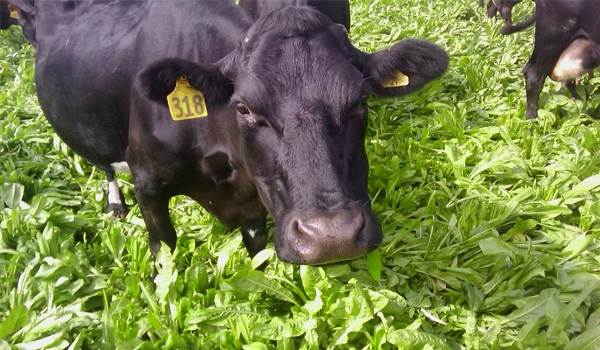
Chicory Management
Chicory is a perennial herb providing high quality forage and high warm-season drymatter production.
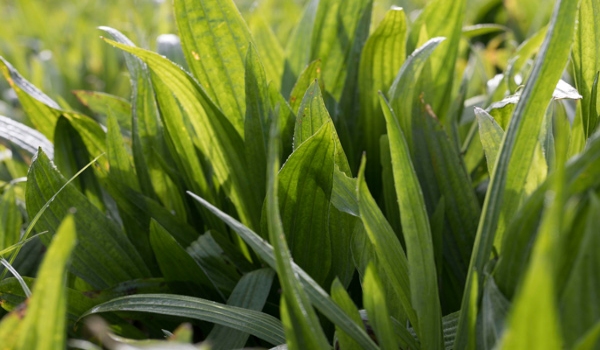
Ecotain Management
Ecotain® environmental plantain has the potential to reduce nitrogen leaching by up to 89%.
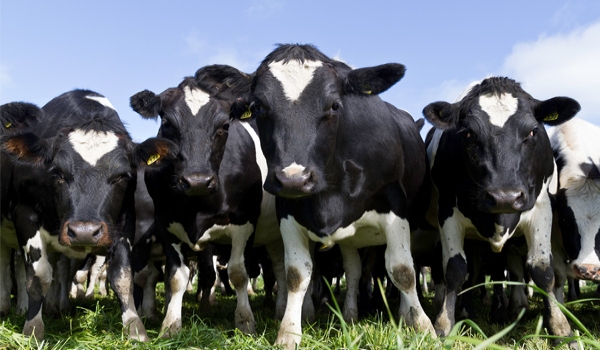
Animal Health Considerations
Details and suggestions for management of common pasture-related animal health challenges.
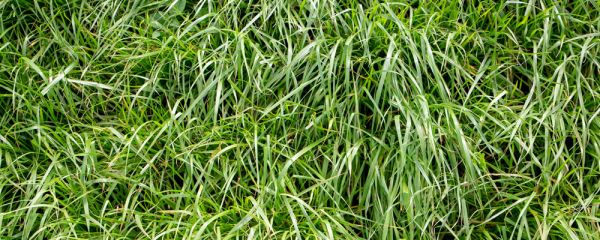
Our Ryegrass Range
VIEW PRODUCTS